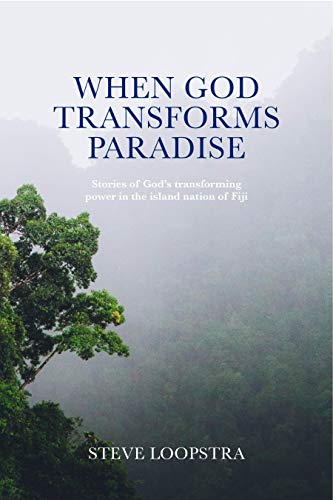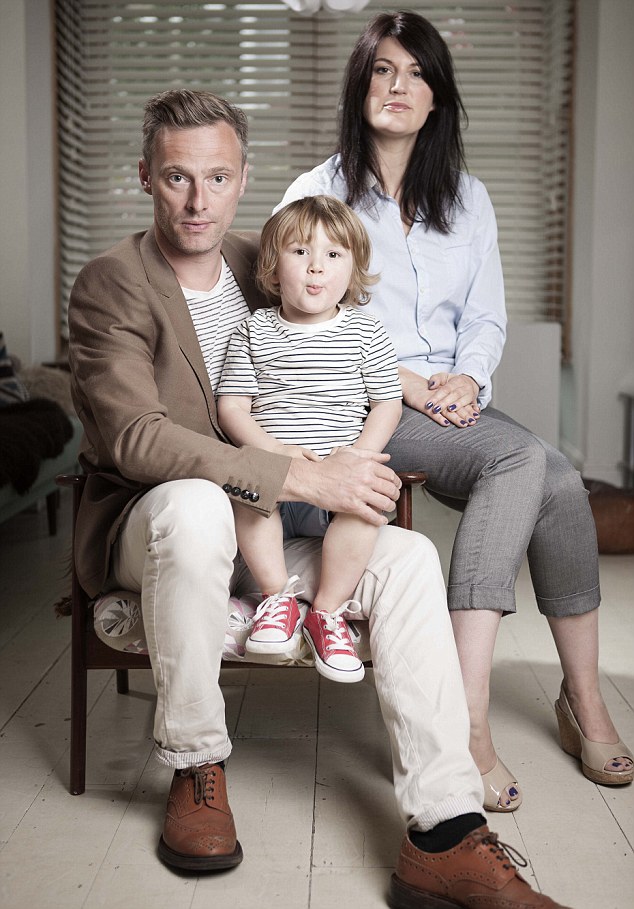5 common miscommunications between foreigners and Thais
By Laurel Tuohy September 9, 2016 / 15:25 ICT
[Applied here to Thailand this can be applied globally also.]

All original illustrations: Praew Tansanga
Thais and foreigners communicate really differently. Even if they’re speaking the same language, there’s still lots of room for awkward miscommunication at work and at play.
We talked to Kasetsart University Professor Rachawit Photiyarach, who explained the five most common miscommunications between foreigners and Thais.
From foreigners that think everyone at work wants to hear their opinions to that one Thai friend that wears blackface to the costume party. We’ll explain it all to you.
This is the second time Professor Rachawit, a lecturer on intercultural communications, has collaborated with Coconuts. Last month, he talked to us about the 5 Stages of Culture Shock for Foreigners in Thailand.
You might find yourself nodding your head at some of these scenarios. Maybe all of them.
Hierarchy (Thai) vs. Equality (Western)
Scenario 1: A fresh-off-the-plane foreigner starts an exciting job at a Thai company. He’s been studying some reports, reading the founder’s personal blog and can’t wait to tell his new boss all the ways the company could improve. He’s sure they’re gonna become the best of friends. However, after he spouts his ideas on the first day, he gets the cold shoulder. Now, even the Yakult lady won’t make eye contact with him.
Here’s what went wrong:
In the West, everyone’s voice matters, everyone’s opinion counts and even the most junior of employees can tell the boss he’s wrong. That’s not the case in Thai culture. Here, the boss is rarely questioned and what he or she wants is just accepted without question.
For Thais, being humble is more desirable than being right or finding a great solution.
For your Thai friends, age, rank and social status must be taken into account when deciding whether or not they should say what’s on their minds. The Thai way of doing things is to know your place.
This is a situation where tensions and miscommunications often arise between Thais and foreigners. Thais end up thinking foreigners don’t know their place and foreigners feel like Thais are lazy and complacent when they don’t “catch” mistakes.
Implicit (Thai) vs. Explicit (Western) Communication
Scenario 2: “Yo Chanchai! You’re late to lunch buddy, you look hungry. But do you mind if I grab the last pork skewer?” asked Dave. “Please have it,” said Chanchai, even though he wasn’t sure Dave could hear him over the sound of his rumbling, empty stomach. Dave eats the skewer in one mouthful and walks away thinking what a great dude Chanchai is.
Chanchai hates Dave with all of his soul.
Here’s what went wrong:
Foreigners are taught low-context communication, so this is how they talk. They say what they mean and mean what they say. If they say “I don’t want the pork,” they don’t want it. If they wanted it, they probably would have taken it before you even asked.
They specialize in simple, straightforward conversation with little subtext and expect the same from others.
Thais, on the other hand, use high-context communication. Whatever they say, there is subtleness that foreigners don’t often pick up on. For example, when a Thai friend asks if you’ve eaten, as they often will, they are asking much more than a question about lunch. They’re asking about your day, your health, your appetite and your plans. They’re showing that they care about you.
The trouble starts when foreigners expect their Thai friends to simply say what’s on their mind and communicate in Western ways. Thais often get offended when their foreign friends don’t follow the communication rules. Foreigners are left scratching their head as their Thai acquaintance walks away, embarrassed by, what they consider, an unpleasant interaction.
Conflict avoidance (Thai) vs. Confrontation (Western)
Scenario 3: Prasert and Billy are having a meeting about an important project. After Prasert gives his proposal, Billy just sits back and shakes his head, “No, no, no, hahaha bro. Your ideas are so bad, I can’t believe you actually have a job at this company. You know what? Let’s go get a couple beers after work, and I’ll tell you how I would handle this assignment.”
Prasert hopes that the balcony at Billy’s condo is structurally unstable.
Here’s what went wrong:
Thai people avoid open confrontations. Their culture dictates that conflicts hurt the harmony of a group and that relationships are permanently damaged from confrontations. They also believe that arguing is embarrassing and makes everyone uncomfortable.
Foreigners are raised to think that confrontation is positive and constructive. Disagreements are good for the growth of a work team. They don’t hurt personal relationships since business and personal relationships are completely separate.
This leads to miscommunication because foreigners often think they can confront a Thai colleague and that the relationship won’t be damaged. The Thai colleague will be very hurt and not understand why their foreign colleague is so cruel sometimes yet so friendly other times. They might wonder, “Are foreigners completely nuts?”
Feedback Styles
Scenario 4: Somboon, Brad’s boss, has the difficult task of delivering Brad’s annual review and it’s not good. Not good at all. Somboon delivers this news to Brad in typical Thai-style, quietly offering each piece of horrific negative feedback as a piece of advice. “For example, this client said that you are a rude, incompetent idiot. Why don’t you try a new approach with the customers, such as….” Instead of being humble and apologetic, Brad misses the point completely and slaps his boss on the back, “Thanks, old man, but I think I’ll just keep doin’ it ‘Brad-style,’ the client will come around eventually.”
Brad is fired at the end of the month.
Here’s what went wrong:
The Western style of communication favors direct negative feedback while Thai people find this unpleasant.
The Thai style favors indirect negative feedback. If a Thai friend or colleague has something negative to tell you, they will do it privately and gently. They might try to disguise negative feedback as advice. They might say, “Yes, but, why don’t you try this instead…” instead of “You did this totally wrong.” They try to blur harsh messages.
This leads to miscommunication because foreigners, so used to direct communication, won’t understand that they are being told off.
Thais will be driven crazy when foreigners don’t take what was, in their opinion, a stern reprimanding. To the foreigner, it simply sounded like a gentle suggestion that they felt fine ignoring.
Politically Correct (Western) vs. Sabai-Sabai (Thai)
Scenario 5: Everyone loves a costume party! Sam decides to get super clever and wear an orange motosai driver’s vest as his costume. Isn’t he funny? He snaps a selfie and posts it on Facebook with the caption “555.” He thinks about how integrated he is into Thai life. Then, his buddy Wirat walks in dressed up as Kanye West — in full blackface makeup. Billy walks away, horrified to be seen with his racist and insensitive friend while Wirat is thinking “What did I do wrong?”
Wirat assumes that Sam must not be a Yeezy fan.
Here’s what went wrong:
Foreigners take the concept of political correctness seriously. They try not to cause offense and yet, paradoxically, are constantly offended by more and more things, causing people to be more and more politically correct until they are not sure what is okay to say or do at all.
Thais are less politically correct. They think nothing of saying “You look dark!” as an insult. If the person gets offended, they are told by a Thai not to take things so seriously.
This sabai-sabai (easygoing) attitude has landed Thailand in hot water for its depiction of dark skin tones as undesirable in TV, movies and advertisements. Thai people don’t really see what’s wrong with this. Their attitude is like, “Yeah, whiter is better. So what?”
With sabai-sabai, everything is taken less seriously. This often drives foreigners insane and, to make the situation worse, Thais tend to laugh when they are uncomfortable, making foreigners feel that they aren’t being taken seriously.
To find out more about the professor’s work, check out his Intercultural Guide for Expats and Thais page.
To find out more about the professor’s work, check out his Intercultural Guide for Expats and Thais page.
Reproduced from Coconuts Bankok
Related:
5 stages of culture shock for foreigners in Thailand
See also:
24 East-West Diagram Comparisons
This Blog is added to BLOGS INDEX 2: MISSION
GENERAL BLOGS INDEX
BLOGS INDEX 1: REVIVALS (BRIEFER THAN REVIVALS INDEX)
BLOGS INDEX 2: MISSION (INTERNATIONAL STORIES)
BLOGS INDEX 3: DEVOTIONAL (INCLUDING TESTIMONIES)
BLOGS INDEX 4: CHAPTERS (BLOGS FROM BOOKS)
BLOGS INDEX 5: IMAGES (PHOTOS AND ALBUMS)
BACK TO MAIN PAGE






































